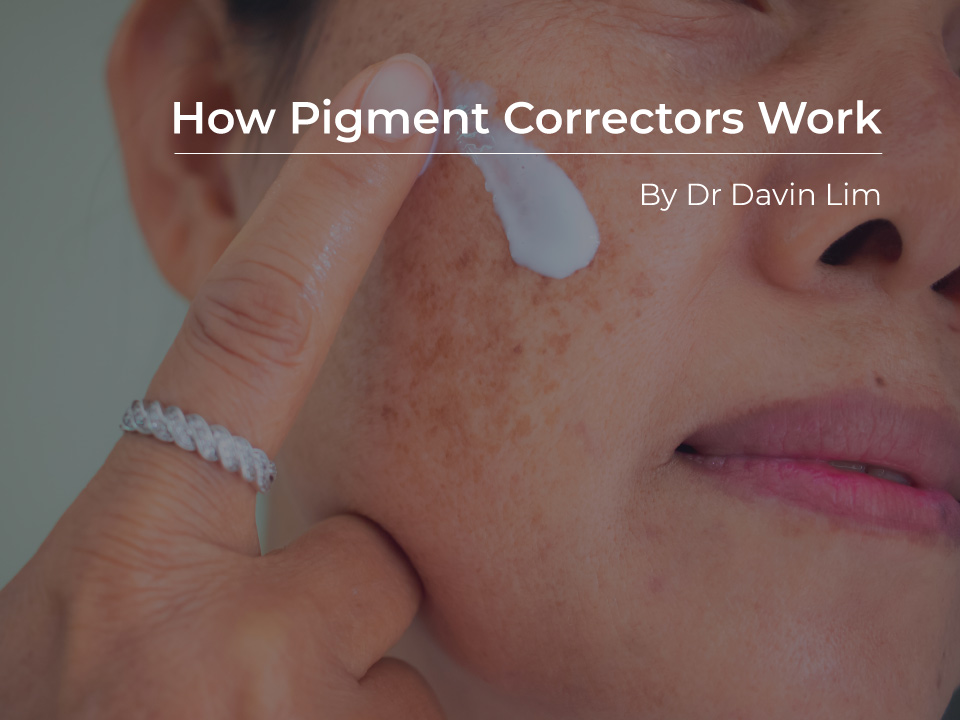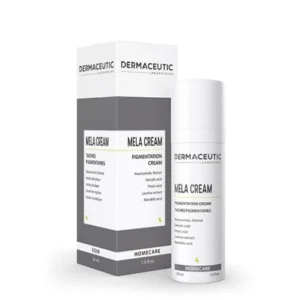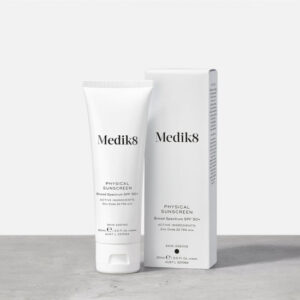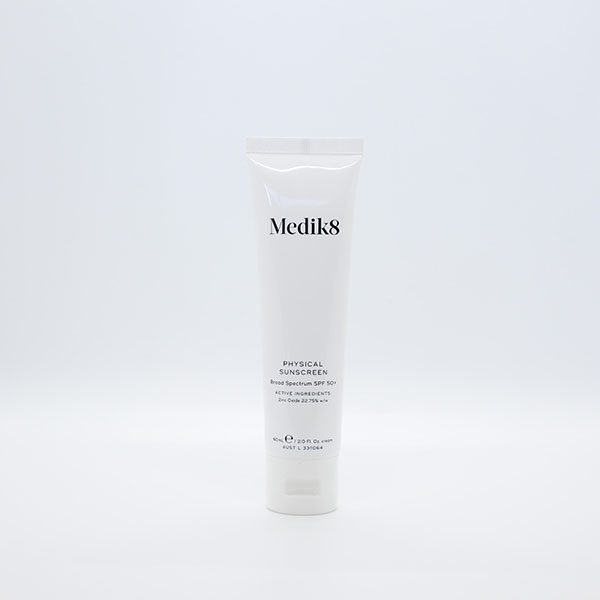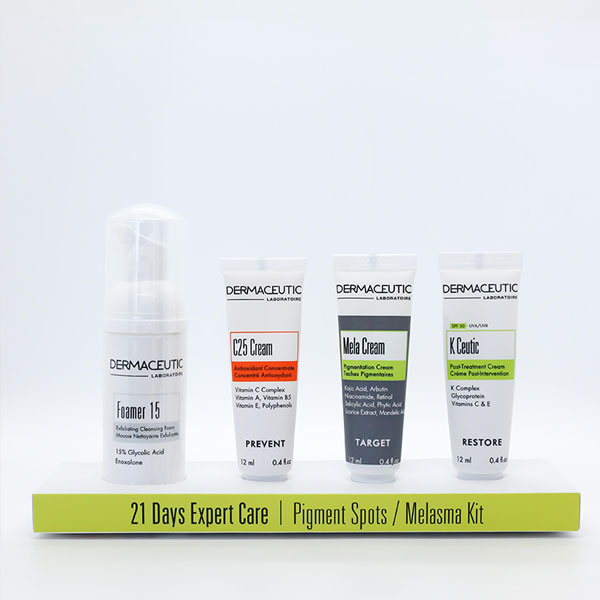Dermatologists manage melasma medically with prescribed pigment correctors and methods to reduce pigment production. Combined with sun protection and directed therapies, our success rate is over 90%. Read more to learn about how melasma and skin care.
Key Points
- Melasma is a special form of pigmentation that responds best to medical therapy
- It is due to UV, genetics and hormonal factors
- Treatment is aimed at suppressing pigment made by cells in the skin
- The first step in any melasma management is to understand the depth of pigmentation
- We prescribe pigment correctors based on clinical features, taking into consideration your skin’s sensitivity
Melasma skincare at a glance
Our results speak for themselves
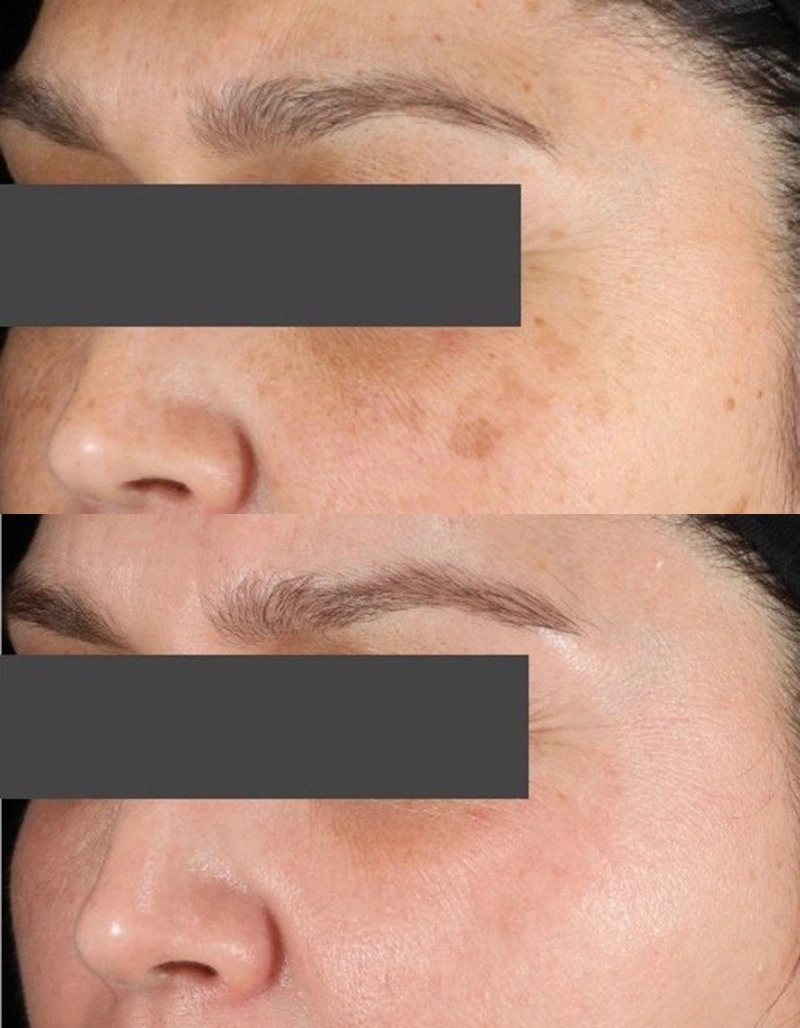
Before
After

HQ is a potent pigment inhibitor. Used in melasma in conjunction with appropriate SPF, cleanser & moisturizer. Obagi line
Ask us more about this treatmant
Preferred Consultation

Before
After
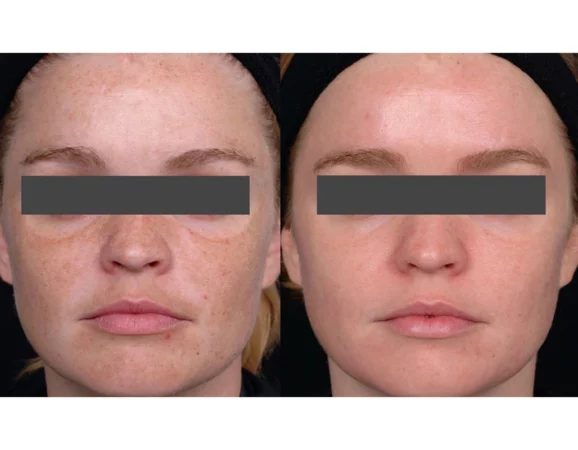
HQ is a potent pigment inhibitor. Used in melasma in conjunction with appropriate SPF, cleanser & moisturizer. Obagi line
Ask us more about this treatmant
Preferred Consultation
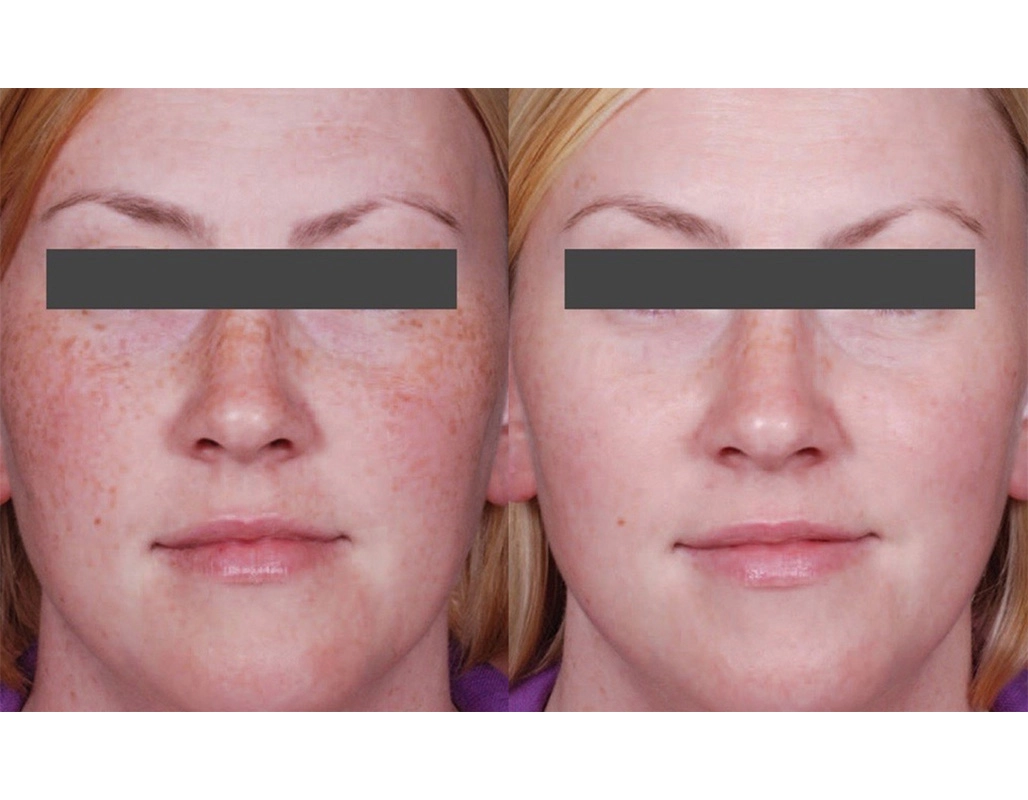
Before
After
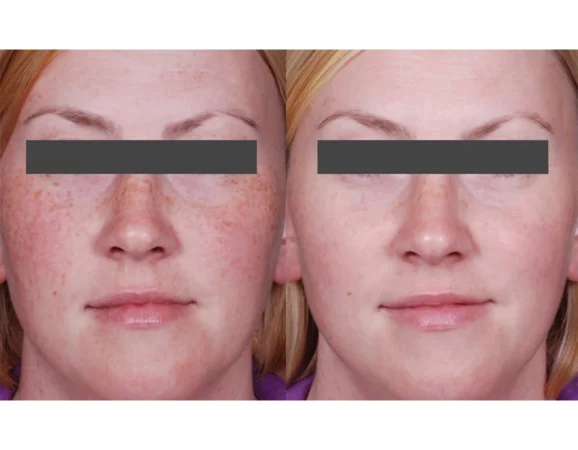
HQ is a potent pigment inhibitor. Used in melasma in conjunction with appropriate SPF, cleanser & moisturizer. Obagi line
Ask us more about this treatmant
Preferred Consultation
FAQs
What is the very first step in treatment?
Determining the level of pigmentation is the most important step. We do this via a clinical examination, dermatoscope or Wood lighting.
-
- Superficial pigmentation: much easier to treat, expect improvements within 1-4 weeks.
- Mixed epidermal & dermal: the majority of cases, intermediate prognosis
- Dermal deep melasma.: very hard to shift.
What creams are best?
Dermatologists prescribe creams based upon your depth of pigmentation and your skin’s sensitivities. We use the following ingredients:
- Ascorbic acid
- Arbutin
- Niacinamide
- Azelaic acid
- Liquorice root extract
- Bearberries & botanical extracts
- Hydroquinone
- Glycolic & citric acids
What else do we prescribe?
Scientific research in the past decade has shown that pigment cells are signalled to produce more melanin. To reduce this signalling, we often prescribe tranexamic acid, either topically or orally.
Your dermatologist will discuss this in more detail.
Why is sunscreen so important?
The most important factor that we can modify is UV exposure. If you are super strict with sun protection but receive accidental sun exposure for only 20 minutes, it will undo all the good over that month. Melasma is that sun sensitive.
What sunscreen to use?
SPF 50+, twice a day, regardless of sun exposure. One bottle should last you 2.5 to 3 weeks. La Roche Posay, Neutrogena and the Cancer Council make great affordable brands. You can find a good range of cosmeceutical products at The Formulated.
If you are sweating/exercise outdoors, you will need to use a waterproof SPF, applied every two hours. Thick, greasy ones that stick to your skin feel awful, but are the best if you have melasma.
Shop Medik8 Physical Sunscreen SPF 50+
How would you know if you have melasma?
Book a FREE nurse consultation* at our Brisbane clinics. They can examine your pigmentation & discuss a treatment plan. *T&C applies
Dermatologists manage melasma medically with prescribed pigment correctors and methods to reduce pigment production. Combined with sun protection and directed therapies, our success rate is over 90%.
What else do we use to treat melasma?
We also employ special lasers and peels to help clear up pigmentation. Lasers are better for mixed depth melasma, whilst chemical peels are used to treat superficial melasma.
With an individualised treatment plan, you could expect to see an improvement within weeks, with optimal results at week 8-12.
When will I see the improvement?
Usually within the first 4 weeks of therapy. Our goal is a slow reduction of pigment, aiming for 70% reduction at 12 weeks.
With Dermamelan and Cosmelan peels, results are faster, typically 10–14 days post peeling.
How successful are we in treating melasma?
The team at Cutis can markedly improve 90% of cases. Resistant cases include-
- Deep dermal melasma
- Patients’ non-compliance with medical therapy
- Cooks (high infrared heat exposure)
- Those with outdoor occupational exposure (miners, engineers with hard hats)
How much are melasma treatments?
Lasers start at $250 per session
Chemical peels at $120 per session
Creams work out to be less than $1 a day
Arrange a FREE* nurse consultation at our Brisbane clinics. *T&C apply
What is our go to treatment program for melasma?
The most popular & effective program uses gentle lasers, combined with prescription pigment correctors as well as plasminogen modifiers.
Laser therapy is conducted gently over 10 weeks, using toning settings to reduce pigment output (not shatter pigment).
We also use chemical peels, including Dermamelan & Cosmelan if pigment is superficial. Peels work faster than lasers, but downtime ranges from 2-7+ days. Laser does not have any recovery time associated with the treatment.
What should you consider before undertaking melasma treatments?
Treating melasma is an investment of time, effort and money for patients. Here are some helpful points that may help you along your journey.
- Motivation: The most important aspect of melasma treatment is sun protection, so you MUST be super motivated to take this first step.
- Sun protection is paramount: SPF 50+ twice a day regardless of exposure. If a 50 ml bottle lasts longer than 3 weeks, you are not using enough sunscreen.
- Depth of pigment: is your provider sure of the depth of pigmentation. This is especially important to gauge success.
- Consider your options: lasers, used correctly, are inherently safer, better & cost less than chemical peels.
- Follow ups: Melasma is recurrent. Has your skincare provider got a maintenance plan in place?

